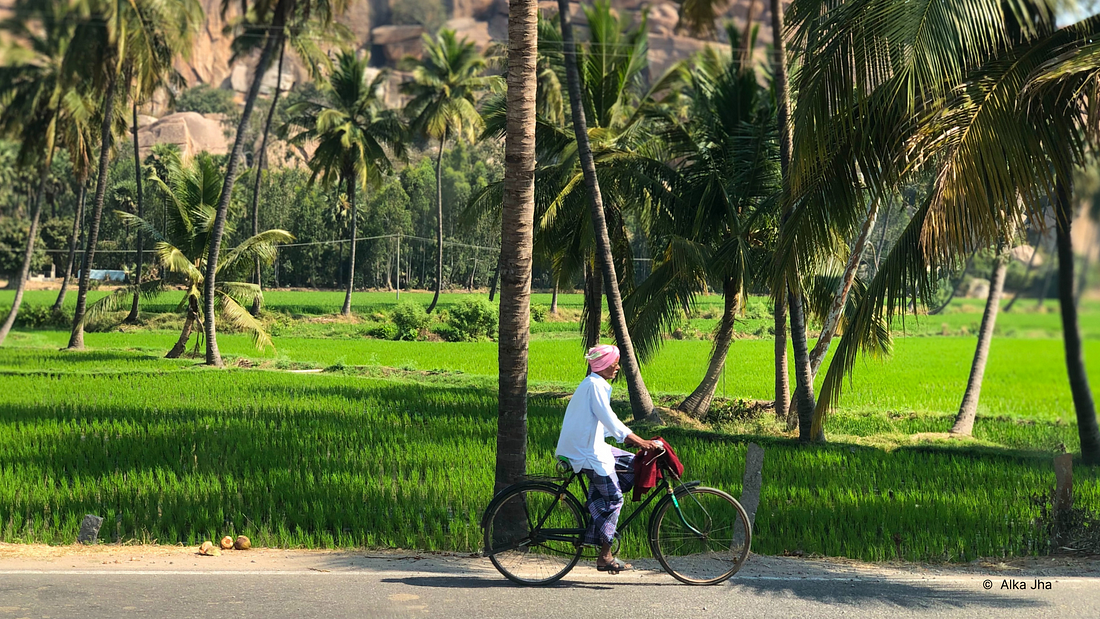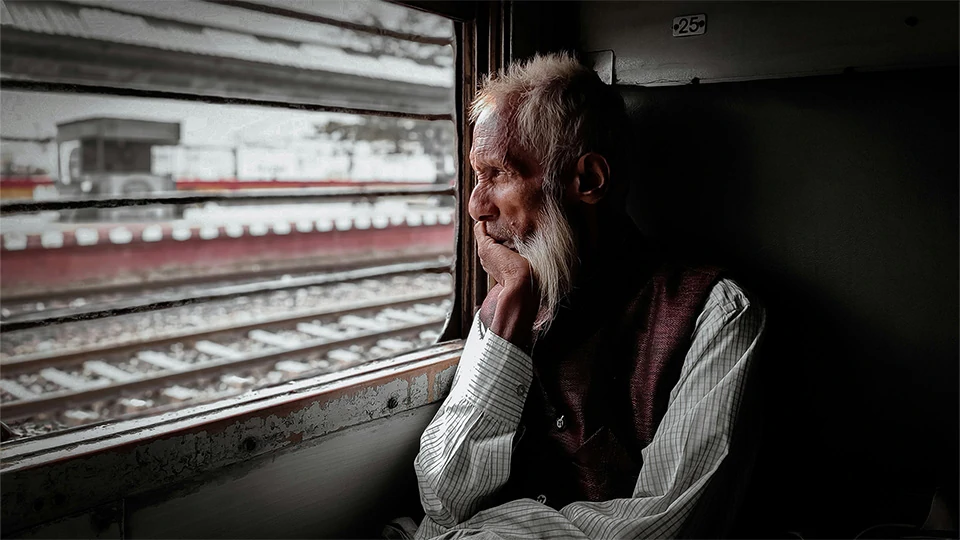In this short essay, Padma Venkataraman, Communications Associate, ICC dwells on cultural and emotional ties that shape human experience of nature.
The climate crisis is prompting us to collectively reflect on the assumptions underlying civilisation today, and our relationship with the planet. Most of all, it asks a fundamental question: what does nature mean to each one of us, and how do we feel about it? Scholars recognise that inter-cultural differences influence communities’ language, shaping not just our approaches to conservation, development, and environmental/climate policies, but also our personal relationship with nature.
Many western worldviews, for example, have tended to reinforce a dichotomy between nature and human progress or culture, influencing conservation approaches that have historically created strict boundaries between protected areas and development. Other countries carry cultural vocabulary that do not follow this dichotomy; the Japanese word Sato-yama, for example, reflects the potential for humans to live in harmony with nature, and is a significant aspect of Japan's strategy for nature-based solutions to tackle climate change.
Many other cultures across the world, including indigenous ones in South and East Asia, and Africa, do not recognise this dichotomy, instead positioning humans as an integral part of the natural world. India alone offers numerous examples. From tribal art depicting
animals, landscapes, and humans together to festivals like Van Mahotsava, Sarhul in Jharkhand, and Bathukamma in Telangana, nature is alive in India's cultural and spiritual legacy, all-encompassing, and providing a rich universe for our human existence. Spirits reside in rivers, mountains, and forests, protecting communities and animals; natural elements are subject to the Gods’ emotions; trees, forests, rivers are sacred.
These emotional ties to nature aren’t confined to older traditions of spiritual or religious origin, or certain parts of the country, however; they are seeing a resurgence in urban popular culture, signalling growing consciousness of the need for balance on the planet, and the willingness to engage with difficult emotions. For example, TM Krishna, an Indian classical musician, author, and activist, sings to lament the devaluation of shared community resources like water bodies, seashores, and grazing lands, and reclaim the true meaning of ‘Poromboke’; Coke Studio Tamil’s recent viral song ‘Sagavaasi’ (or ‘everything co-exists') by Arivu and Khatija Rahman, celebrates the bond between humans and our natural environment; the eco-art show 'Who will speak: Me? You? Or Nobody?', curated by Shubhani Sharma, features artists who examine the relationship between humans and nature. Modern art and music like these capture human emotions of co-existing with nature, emotions that are neither old nor new, but more important than ever today.

As the climate and biodiversity crises worsen, our collective feelings about nature will likely determine what we protect and how fast we remedy our destructive tendencies. While science can identify existential risks and tell us how to address our climate challenges, our planet demands other answers. Is it possible to protect and restore nature urgently, if we lose our cultural and emotional ties to it? How do we feel as natural
ecosystems suffer irreversible losses? How can emotions and shared conceptions of nature, passed down over generations, shape inclusive environment and climate-friendly policies? And finally, what does human existence on Earth mean, if not to co-exist with trees, birds, rivers, and clear skies?

Subscribe to our Newsletter
Join ICC's monthly newsletter and read more about uplifting climate narratives, innovative solutions, and other updates.




